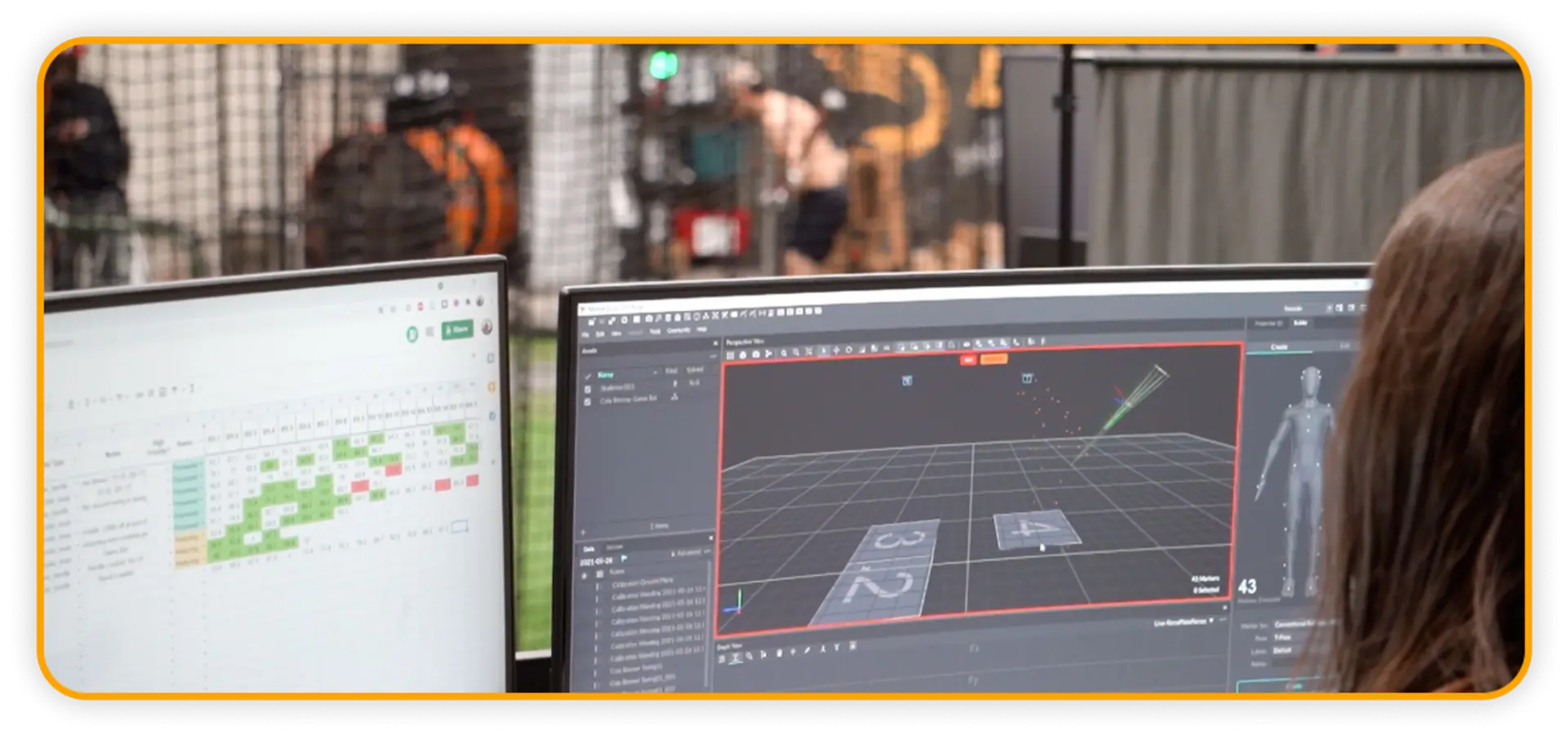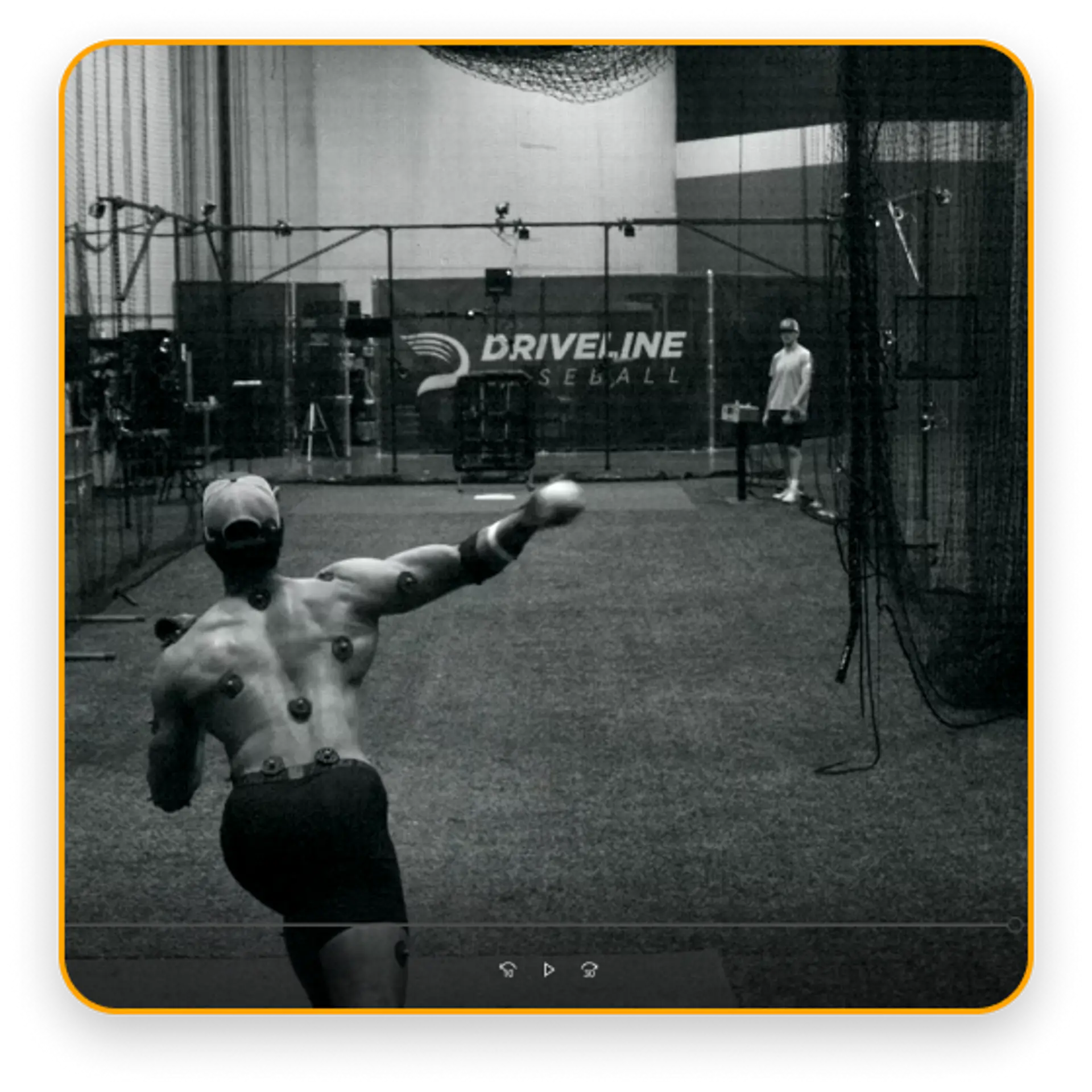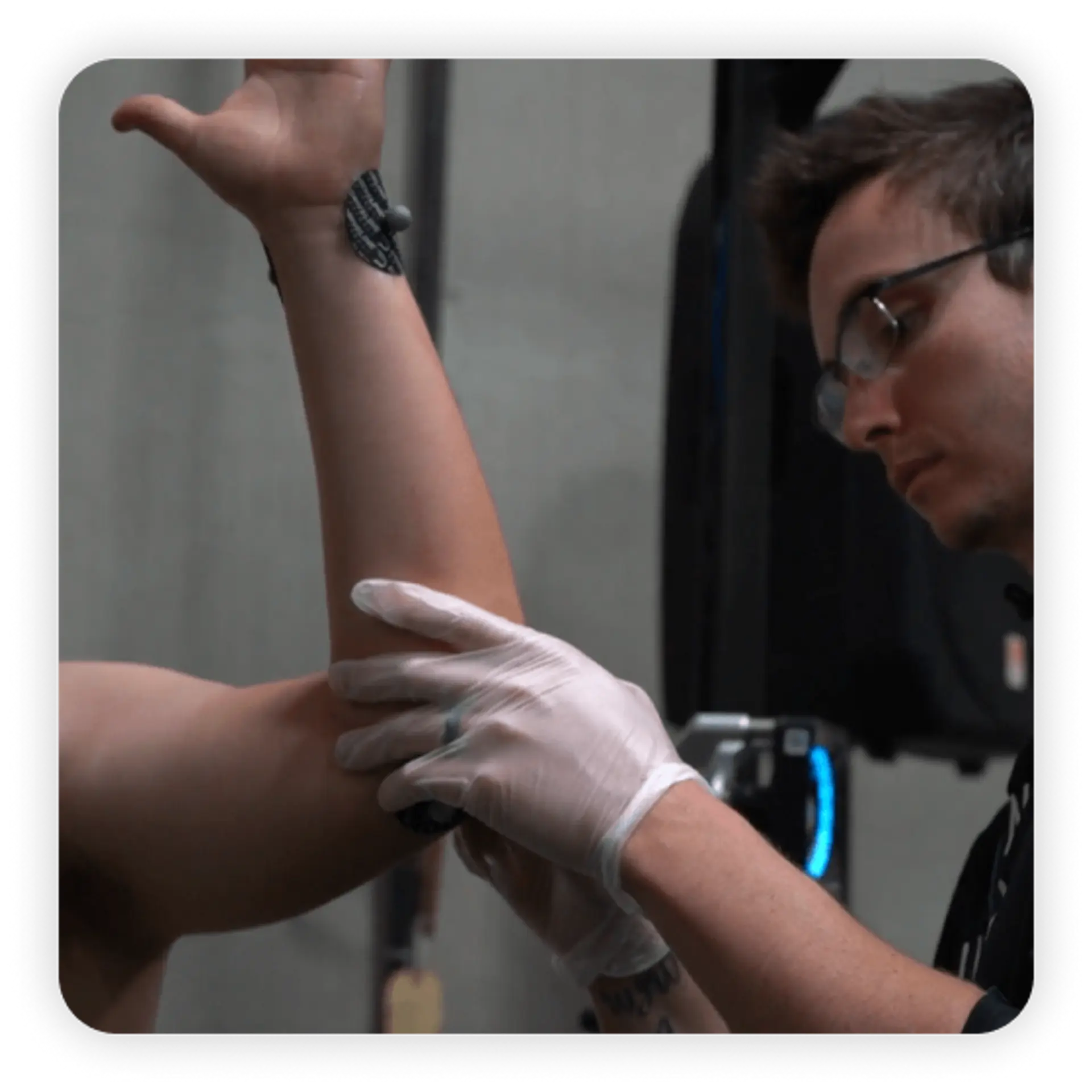Research and Development
Mission and Purpose
Driveline Baseball’s history and success is rooted in Research and Development (R&D), and has been since the company was founded in 2007 by Kyle Boddy. Our R&D Department is tightly integrated with our skill-departments, working closely with pitching, hitting, and high performance coaches to improve athlete results.
Our mission is to develop the future of baseball training by finding industry-leading insights; all while publishing those insights back to the baseball community where they belong. Whenever possible, we release full datasets and source code for independent validation and analysis.
For more information regarding our open-source sports biomechanics initiatives, visit the OpenBiomechanics Project homepage.

To further democratize high quality research to baseball community, we also seek collaboration with external researchers who aim to push baseball forward (we know we can’t do it alone!). We routinely consult and collaborate with students (undergraduate and graduate), post docs, professors, doctors, and surgeons looking to contribute to the biomechanics, high performance, or analytics research fields. If that sounds like you, get more information by visiting our collaborations page.
Ongoing Research
Writing
Pitching mechanics differences between single-leg strength dominant and double-leg strength dominant athletes
Effects of mound position on kinematics and kinetics during a baseball pitch
Spatiotemporal Differences in Ground Reaction Force Profiles between Elite and Sub-Elite Baseball Pitchers
Multilevel Regression Modeling vs. Repeated Measures Analysis of Variance for Handling Repeated Measures Biomechanics Data
Analyzing
Associations between Function Movement Screen Results and Corresponding Joint Kinematics and Kinetics during the Pitching Motion
Differences in kinematics, arm stress, and arm laxity controlling for velocity variation in the spread of weighted ball running throws
Relationships between Clinically Assessed Thoracic Spine Range of Motion and Trunk Mechanics during the Pitching Motion
Mechanical Differences between Crow-Hop Throwing and Regular Pitching in Experienced Baseball Pitchers
Collecting
Relationship between jumping performance and baseball-specific performance
Lower Body Energy Flow in Skilled Baseball Hitters: the Importance of the Lower Half
Kinematic data agreement analysis between various commercially available marklerless motion capture solutions
Have a research project in mind that’s not listed here? Visit our Collaborations Page
Recently Completed Projects
For a more detailed list of our past research projects, Visit our Research Output Page.

The Launchpad
One of the most technologically advanced sport science labs in the world.
Motion capture, force plates, high speed video, ball flight tracking, and more. All the tools to help athletes become the best they can be.
The Team
Four separate departments – Baseball Operations, Data Science, Software, and Sports Science – all working closely with skill departments to implement R&D’s mission.

OTHER RESOURCES
We have also performed a number of internal investigations which can be anything from pilot investigations and case studies, to full blown research projects. Check out the blog for more.
Additionally, check the Research Reviews page for articles that formed the foundation of our scientific curiosity.
Also, make sure check out the Driveline R&D Podcast to stay up to date on what’s going on within Driveline R&D and the baseball research world as a whole. Available for viewing/ listening on YouTube, Spotify, and Apple.